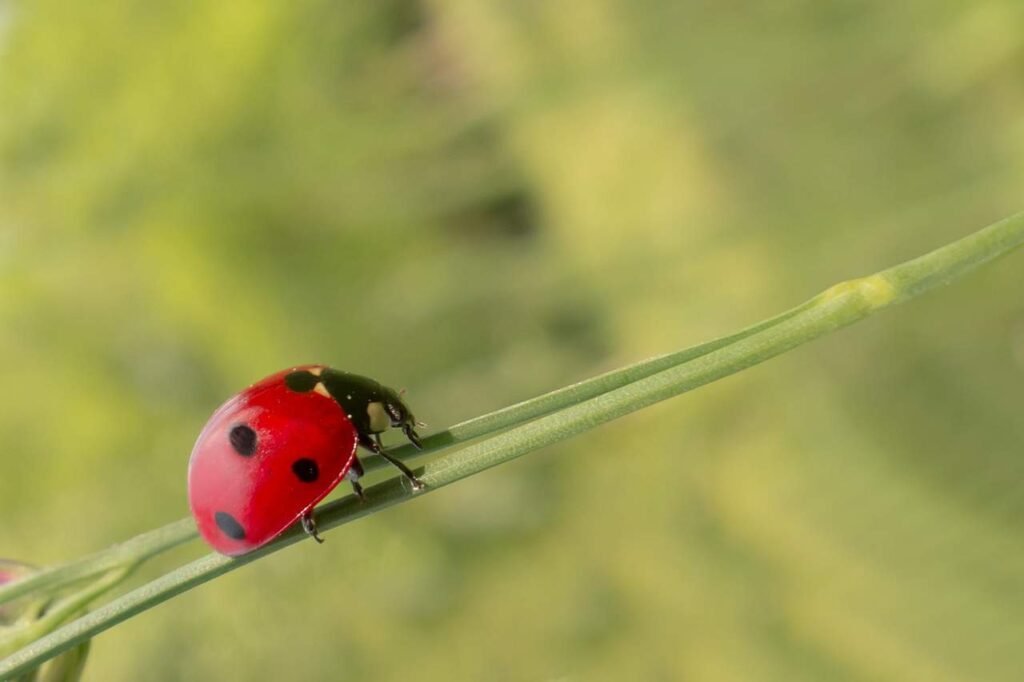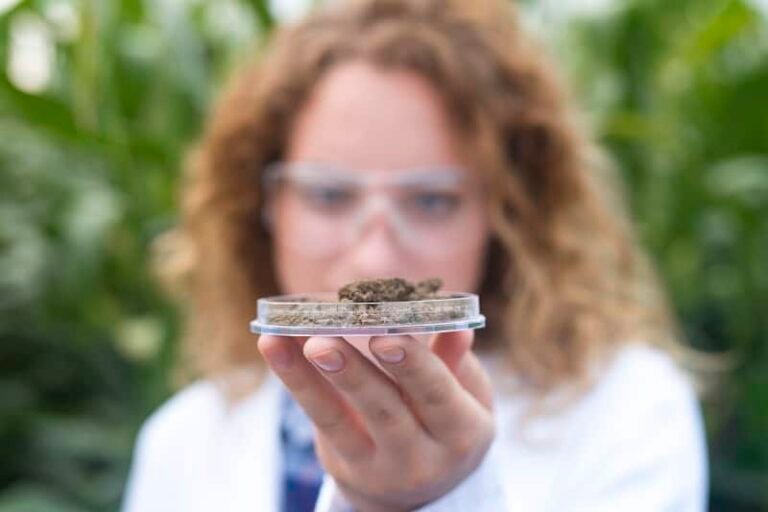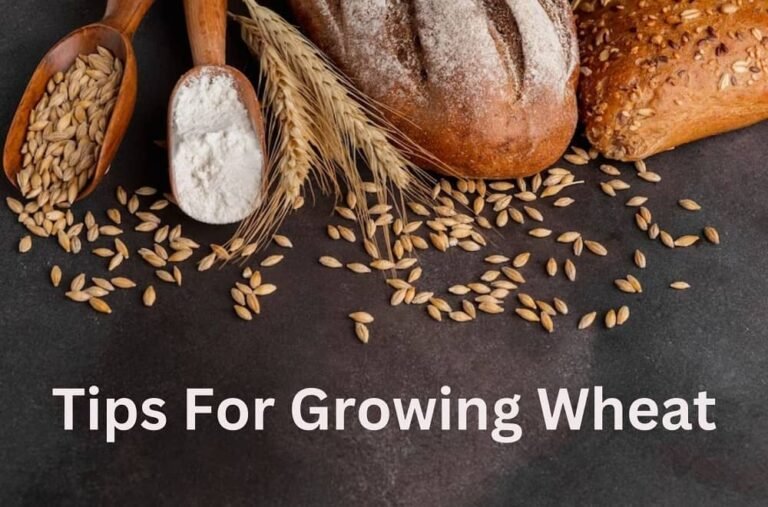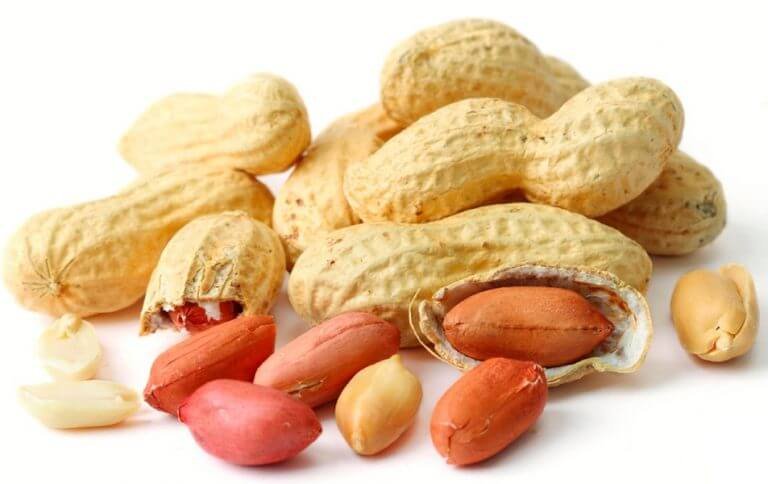From Farm to Fork: Pest Control Challenges in Food Production and Distribution

Ensuring the quality and safety of our food supply is paramount in the intricate journey of food production and distribution. However, numerous challenges posed by pests threaten not only the yield and quality of crops but also food safety standards.
From the moment seeds are sown in the soil to the point where food lands on our plates, the battle against pests rages on, requiring strategic measures and innovative solutions. This article delves into the top pest control challenges faced in the realm of food production and distribution, highlighting the complexities and pressing issues that demand attention.
Read also, How Better Agriculture Practices Can Help Address Global Food Security Challenges
Top Pest Control Challenges in Food Production
1. Pest Resistance
Commercial pest control is indispensable in modern agriculture, with farmers relying on pesticides to combat pests and safeguard crops. However, the recurring use of these chemical agents has led to a concerning trend: pest resistance.
Pests, driven by evolutionary pressures, develop resistance to pesticides over time, rendering once-effective solutions obsolete. This phenomenon poses a significant threat to agricultural sustainability, as farmers are forced to seek alternative pest management strategies. Moreover, the emergence of resistant pests necessitates the development of new pesticides, a process fraught with regulatory hurdles and environmental concerns.
Addressing pest resistance requires a multifaceted approach that goes beyond reliance on chemical pesticides. Integrated Pest Management (IPM) practices, which emphasize a combination of cultural, biological, and chemical control methods, offer a promising solution. By diversifying pest management tactics and reducing the selective pressure on pests, IPM helps mitigate the risk of resistance development.
2. Environmental Concerns
As the demand for food production escalates, so too do the environmental repercussions of commercial pest management practices. Many chemical pesticides in agriculture pose significant environmental risks, including soil degradation, water contamination, and harm to non-target organisms.
Balancing the need for pest control with environmental sustainability is a delicate task that necessitates careful consideration of alternative approaches. Organic farming methods, which eschew synthetic pesticides in favor of natural deterrents, offer a more eco-friendly solution but often come with trade-offs in terms of yield and cost.
Embracing sustainable pest management practices is crucial for mitigating the environmental impact of pest control for businesses. Integrated Pest Management (IPM) principles provide a framework for reducing pesticide usage and minimizing ecological harm while still effectively managing pest populations. Farmers can minimize their reliance on synthetic pesticides and promote a healthier ecosystem by prioritizing prevention, monitoring, and non-chemical control methods.

3. Regulatory Compliance
Adherence to stringent regulatory standards is non-negotiable in the realm of commercial pest solutions. Pesticides used in agriculture are subject to extensive regulation aimed at safeguarding human health and environmental integrity.
From registration and labeling requirements to maximum residue limits (MRLs) on food products, navigating the regulatory landscape can be daunting for farmers and food distributors alike. Failure to comply with these regulations can result in legal repercussions, tarnished reputations, and compromised food safety standards, underscoring the importance of regulatory compliance in the agricultural sector.
Ensuring compliance with pesticide regulations demands meticulous record-keeping, rigorous training, and ongoing monitoring of pesticide usage. Farmers must stay abreast of regulatory updates and adjust their practices accordingly to remain in compliance with evolving standards. Collaborating with regulatory agencies, industry associations, and agricultural experts can provide invaluable guidance and support in navigating the complex maze of pesticide regulations.
4. Food Safety
Pests pose a significant risk to food safety, potentially contaminating crops with pathogens, toxins, and chemical residues. In commercial sectors, preventing pest infestations is paramount for maintaining the integrity of the food supply chain and safeguarding public health.
Pest management practices must prioritize early detection, rapid response, and preventative measures to minimize the risk of contamination throughout the production and distribution process. From stringent hygiene protocols in food processing facilities to rigorous quality control measures in transportation and storage, every supply chain step plays a crucial role in ensuring food safety.
5. Supply Chain Complexity
The global food supply chain is a complex web of interconnected entities, spanning farms, processing facilities, distribution centers, and retail outlets. Managing pest risks across this intricate network presents a formidable challenge for pest control efforts. Each link in the supply chain introduces unique vulnerabilities and opportunities for pest infestations, requiring comprehensive pest management strategies tailored to specific contexts.
From ensuring proper sanitation and pest exclusion measures in storage facilities to implementing pest monitoring protocols during transportation, every stage of the supply chain demands vigilant oversight and proactive pest control measures. Collaboration and communication among stakeholders are essential for effectively managing pest risks throughout the food supply chain.
Establishing robust partnerships between farmers, food processors, distributors, and retailers facilitates information sharing and coordinated pest control efforts. Leveraging technology, such as remote monitoring systems and data analytics, enables real-time tracking of pest activity and facilitates timely interventions to prevent infestations.
Embrace a Pest-Free Future
As we navigate the intricate landscape of food production and distribution, the challenges posed by pests demand strategic interventions and collaborative solutions. From combating pest resistance to safeguarding food safety and environmental integrity, commercial pest control plays a pivotal role in ensuring the resilience and sustainability of the agricultural industry.
By embracing innovative commercial pest management strategies, prioritizing regulatory compliance, and fostering partnerships across the supply chain, we can cultivate a future where food production is abundant, safe, sustainable, and pest-free.





